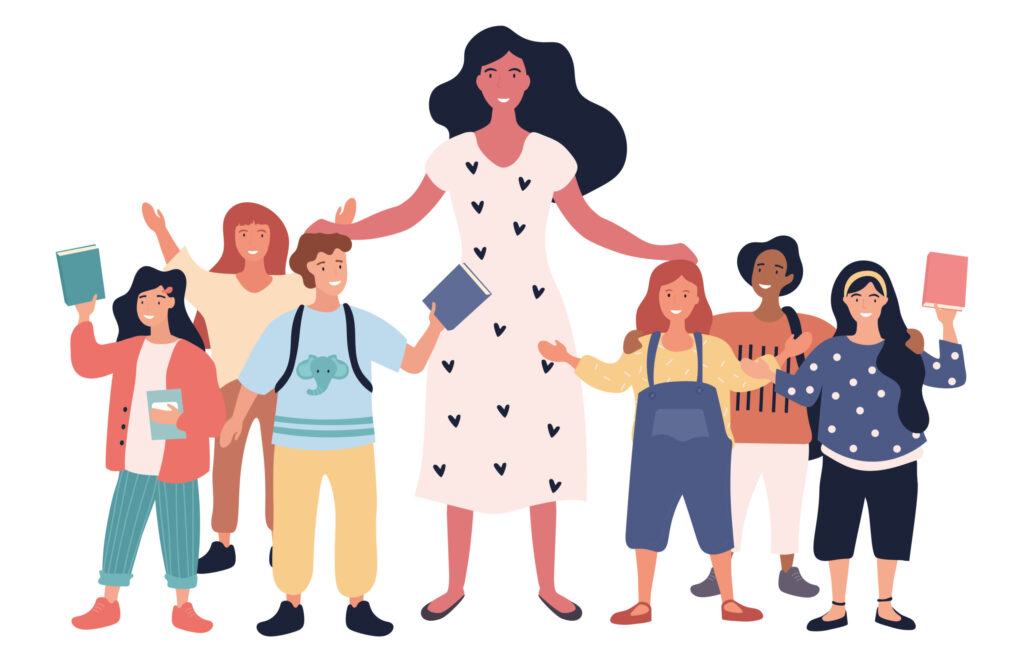
A self-contained classroom educates students with disabilities in all of their academic subjects. Students with disabilities make up 14% of the student population nationally (Hirsch et al, 2022). Many of these students are educated in self-contained classroom if their Individualized Education Plan (IEP) team has agreed that is their least restrictive environment (LRE). Students with emotional and behavioral disabilities (EBD) are most often educated in self-contained due to their specialized needs in social emotional learning, social skills, and self regulation. Due to their disability, it can be difficult for teachers to develop relationships with students with EBD, let alone assist them in developing friendships with their peers. As a teacher of a self contained classroom for students with EBD for over ten years, I have compiled a list of ways you can build community in a self contained classroom.
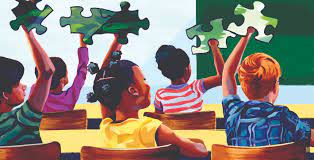
Believe that your class is a community
A quote that is often attributed to Henry Ford is “Those that believe they can and those that believe they can’t are often both correct.” If we hold a strong belief in one way or the other, it can impact the outcome of any plan of acton we choose to implement. If you have a strong belief in something that is unwavering, you can also help others to believe as well. When your students see you believing that they can be successful at being apart of a classroom community, it can help make that belief a reality.
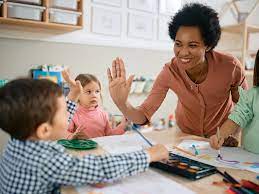
Model the behaviors you want to see
As humans we learn most of our behaviors by watching those around us. Babies learn speech by repeating the sounds they hear around them. The same can be said of modeling positive behaviors in the classroom. You can create lessons where you break down the behaviors you would like students to use in the classroom. That means showing them how to perform the specific skill. You may also need to give them the reasoning behind exhibiting these behaviors. We need to realize that not everyone has had the opportunity to learn how to relate to others, especially based on their backgrounds.

Be consistent with your expectations
Classroom management is an important part of creating a community in your classroom. The classroom management style of the teacher sets the tone for the classroom and determines the effectiveness of the learning environment. Creating expectations with your students and making sure they understand the consequences if those expectations are not met helps with consistency. Students know what will happen if expectations are not met and will act accordingly.
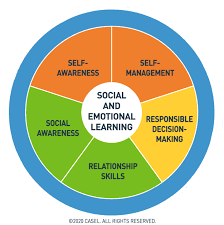
Be aware of your social and emotional competency
According to the website, Positive Action, the five core social and emotional competencies are: 1) self-awareness, 2) self-management, 3) responsible decision making, 4) social awareness, and 5) relationship skills. In order to teach these skills to students, teachers must be aware of their own competencies. Having self-awareness will allow teachers to understand their strengths and weaknesses which can help with maintaining healthy relationships. Self-management focuses on helping to improve your stress management, organizational skills, goal setting, and self-discipline. That works hand in hand with responsible decision making in order to make important decisions. Social awareness involves your ability to emphasize with others. This also helps in establishing healthy relationships. Ultimately, all this helps with your relationship skills to, yes you guessed it, establish and maintain healthy relationships that add to your classroom community.
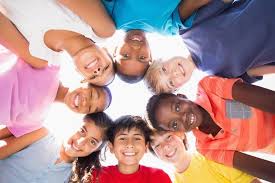
Encourage and/or create opportunities for positive peer interactions
According to the Center on the Social and Emotional Foundations for Early Learning, positive peer interactions lead to the positive social and emotional development in children. Children who are given these opportunities are able to build stronger friendships and connections with others. Teachers are able to create these types of interactions in the classroom through group activities and role playing. Students with EBD may not develop these skills on their own and need more practice. Giving these students the opportunities for positive peer interactions can help improve their social behaviors.
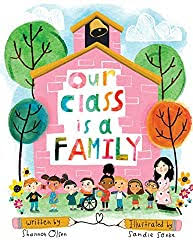
Lead with positivity!
As a classroom teacher, you are the leader and set the tone for your learning environment. Your behavior and attitude can directly influence the behaviors of your students. Having an air of positivity in your classroom will create a supportive climate. A positive teacher leader is the unifier of healthy relationships in the classroom.
Educationally yours,
Kandice B. aka SPED Teacher KB

